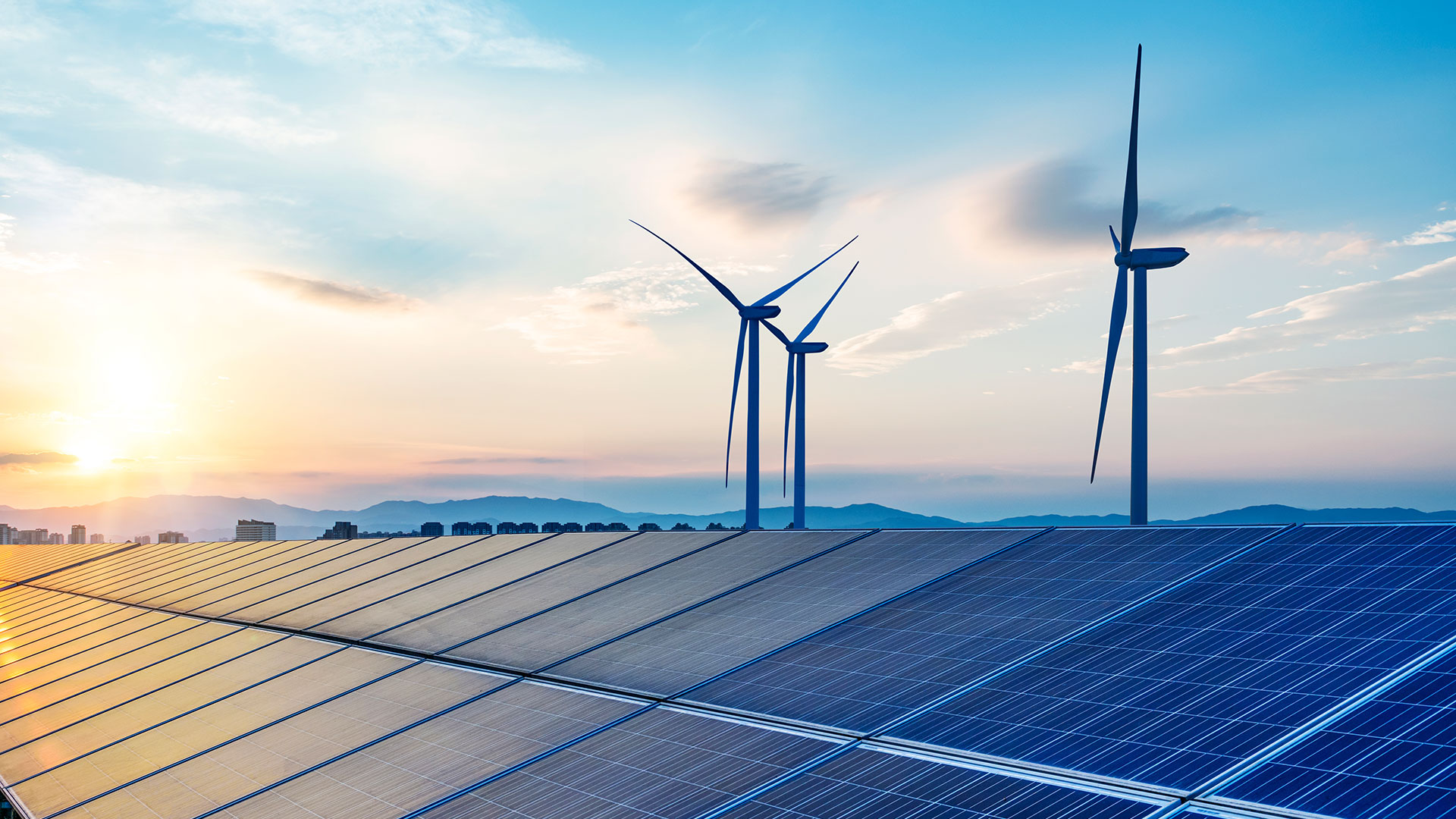What’s next for Germany?
The goal of reaching climate neutrality by 2045 is ambitious, but achievable. It requires decisive policy action and a comprehensive mix of instruments and measures. There is no “one size fits all” solution. However, a successful energy transition will not only help to limit climate change and avoid its worst impacts but also to ensure long-term energy security.

Germany must accelerate the pace of the energy transition to reach climate and energy security objectives
The Federal Constitutional Court’s decision that Germany’s national climate targets must be strengthened and Russia’s war on Ukraine, which has put a harsh spotlight on Europe’s and in particular Germany’s reliance on fossil fuel imports, have intensified the debate on the best way to achieve climate neutrality by 2045 while securing energy security.
The comprehensive EU climate and energy policy package called “Fit for 55” as well as the REPowerEU strategy, provide the framework for Europe to reach its climate goals and to reduce its dependency from fossil fuel imports. But joint European measures must be complemented with decisive action at the national level. In the past, the expansion of renewables as well as the transition of the transport and heating sectors, among others, have been too slow in Germany (refer to Question 1 for more).
Germany needs to immediately accelerate the reduction of its reliance on fossil fuels, secure enough land for onshore wind power, unleash the development of photovoltaics, and prepare the power grid for climate neutrality. The German industrial sector needs a workable investment framework. Green retrofits in buildings and a socially just transformation in the heating sector require clear guidelines and sufficient funding. A clear direction of travel from the government is needed to help industry and households in their investment planning to ensure the success of an innovative and socially balanced transformation of the German economy towards climate neutrality by 2045.
How does the current energy crisis affect the longer-term outlook for the energy transition?
The root causes of the energy crisis only underline the necessity of a successful energy transition. The only permanent and structural solution to the current crisis, which is primarily caused by the strong reliance on imported fossil fuels, are renewable energy generation and use as well as increased energy efficiency.
Reduced demand through energy efficiency measures represents the most important ingredient for compensating supply shortfalls in the short term.
In the medium term, the expansion of renewable energies, the increase in energy efficiency, and the replacement of fossil gas in industrial processes as well as in the building sector with the direct use of electric power (electrification) provide the only way towards reliably lowering energy prices, structurally reducing fossil import dependencies, and achieving climate targets. Governments must not only manage the energy crisis, but make sure we overcome it mid- to long-term. Taking the right decisions today and ensuring that any short-term responses to the energy crisis do not structurally undermine the longer-term transition are crucial for a successful joint response to the energy and climate crises.
Last revision on .
